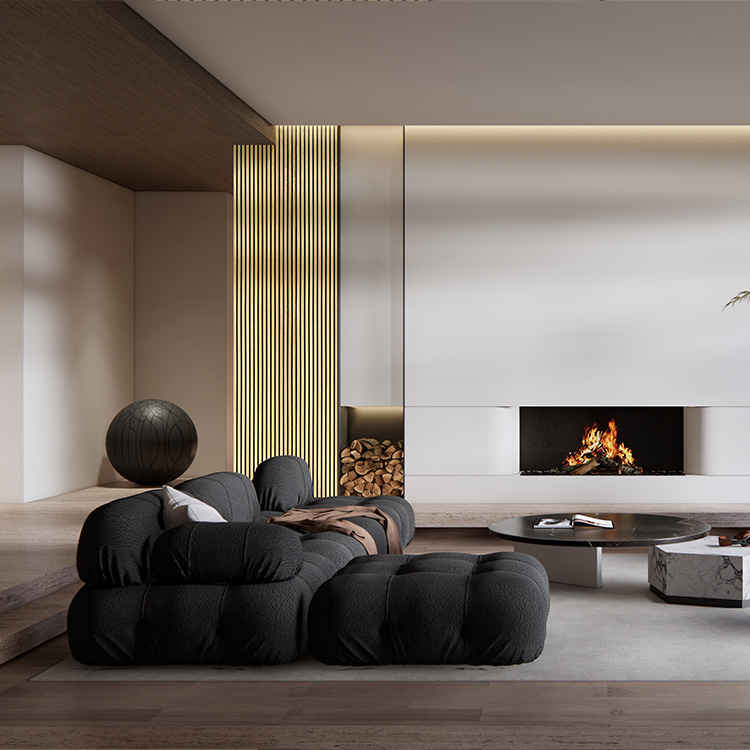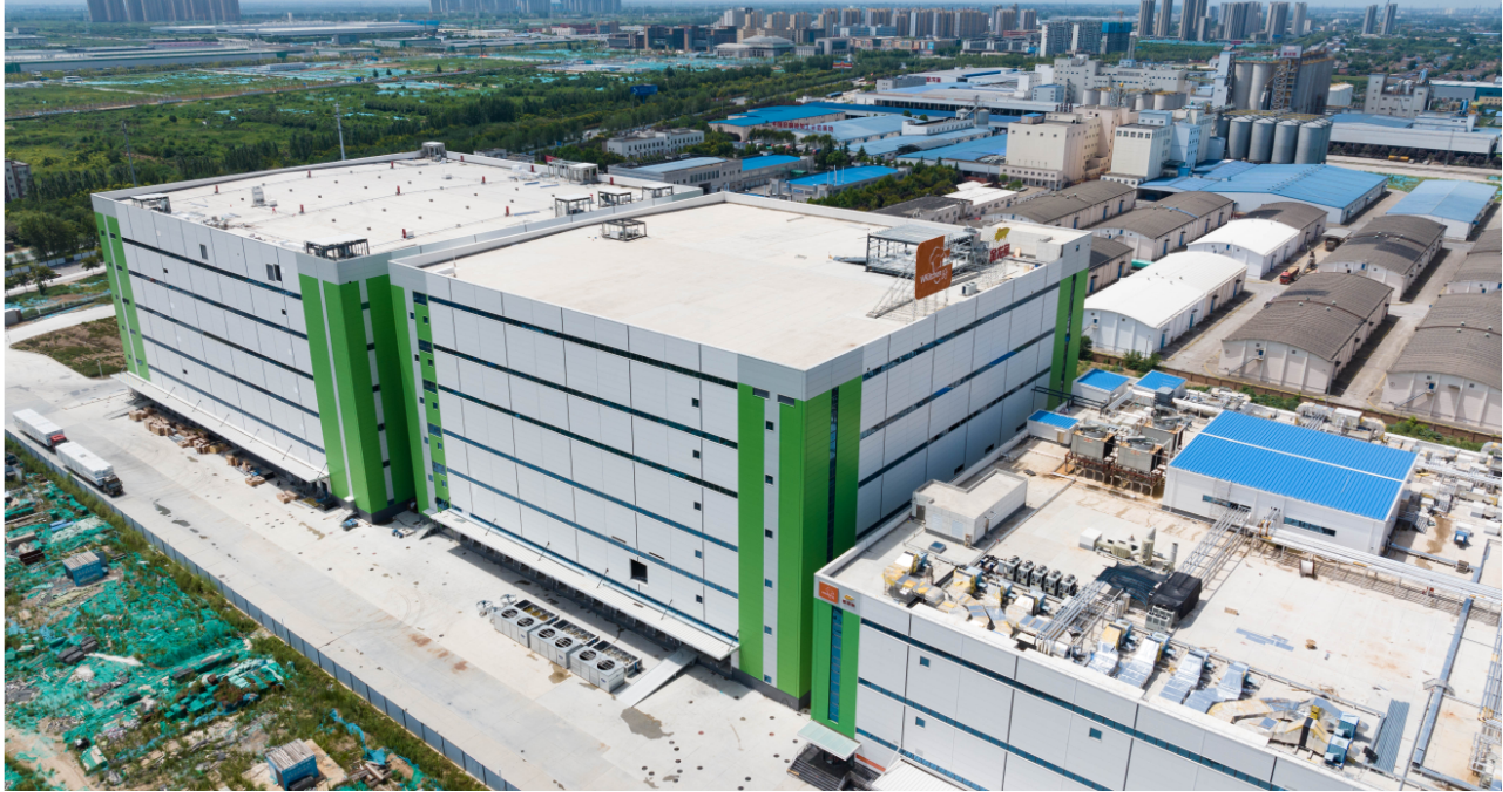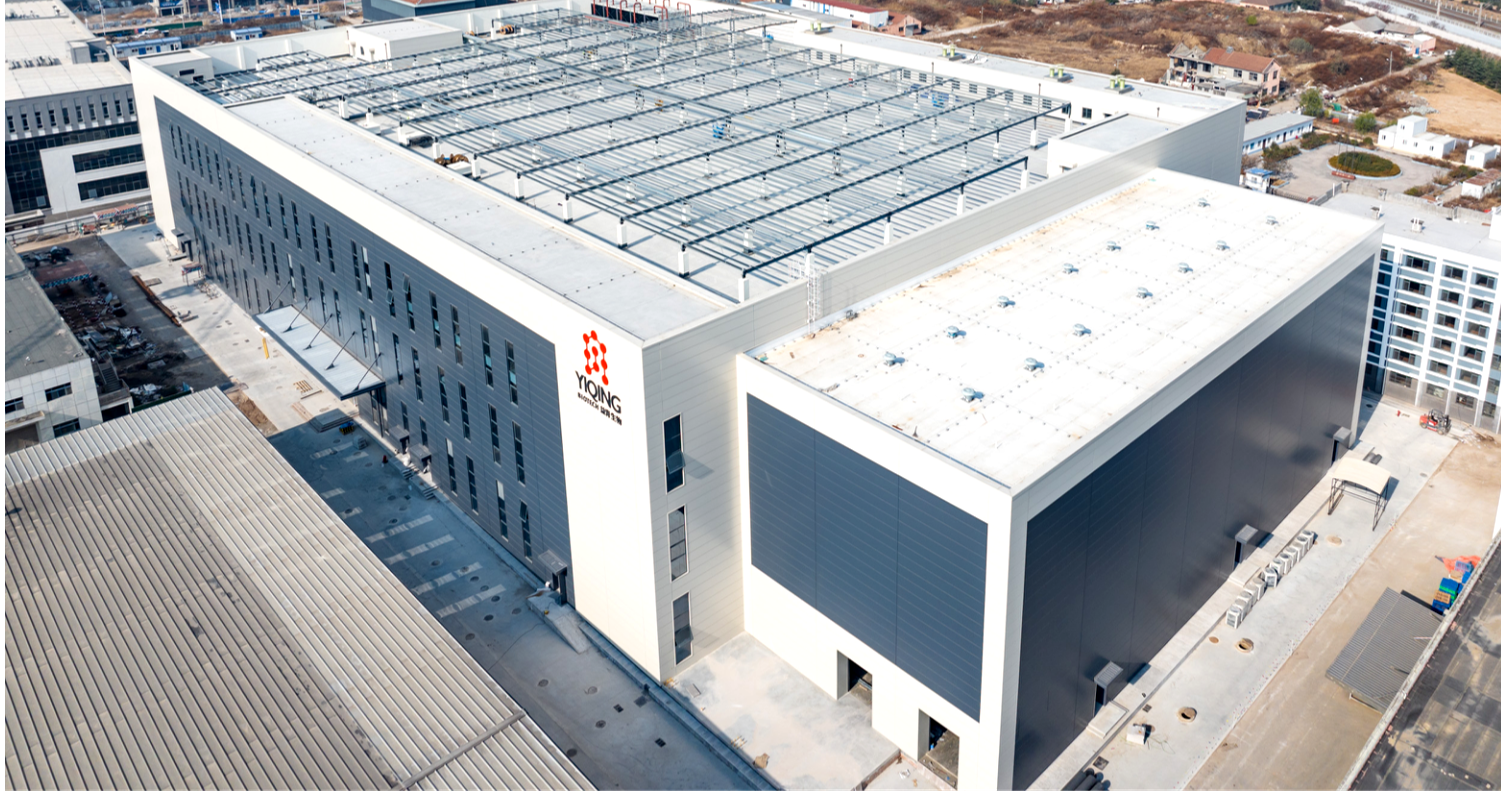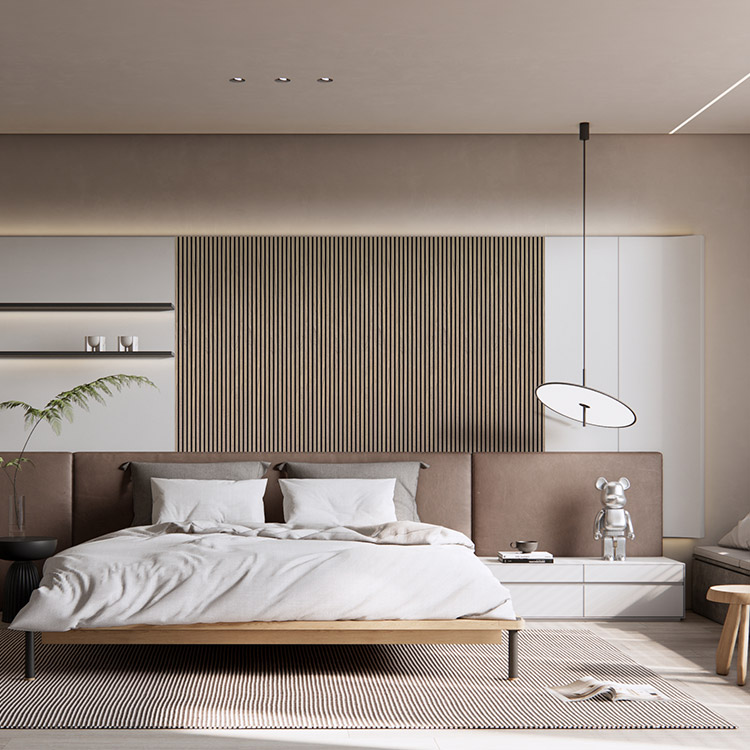If you're planning to install acoustic panels to improve your room’s sound quality, you might be wondering — will they make the room hotter? This is a common concern, especially in home studios, offices, or living spaces where comfort matters just as much as acoustics.
The good news is: acoustic panels don’t significantly raise room temperature — especially when you choose the right materials and installation methods.
As one of the leading manufacturers and exporters of wood slat acoustic panels in China, Guangdong Leeyin Acoustics is here to break it down for you with expert insights and facts.

🔍 Do Acoustic Panels Trap Heat?
In general, acoustic panels are not designed to insulate heat like thermal insulation materials. However, because they cover wall or ceiling surfaces, they may reduce airflow if your room relies heavily on wall-mounted ventilation.
That said, the impact is minimal and barely noticeable—especially when using Leeyin's wooden slat PET acoustic panels, which are:
🪵 Why Leeyin Panels Are Temperature-Neutral
At Leeyin Acoustics, we design our panels with both acoustic performance and material balance in mind:
✅ Materials That Don’t Trap Heat
-
Recycled PET felt backing: Breathable and moisture-resistant
-
E0 MDF slats: Engineered to remain dimensionally stable without affecting temperature
-
Open slat design: Allows air movement and doesn't seal off entire surfaces like foam or fiberglass might
✅ Optimized for Airflow
Unlike thick foam blocks that can reduce ventilation, our slatted designs allow natural airflow while maintaining superior sound absorption.
🏠 Real-World Use: Do Customers Notice a Temperature Change?
Most Leeyin customers across residential, commercial, and studio installations report no noticeable temperature difference after panel installation. As long as your room has proper ventilation, HVAC, or airflow, the panels won’t affect the ambient temperature.
🌿 Bonus: Thermal Benefits in Some Cases
In some environments, acoustic panels may slightly improve thermal comfort by:
-
Reducing wall surface temperature fluctuations
-
Preventing cold echo from bare walls in winter
-
Adding minor thermal resistance, particularly on exterior-facing walls
But again, this effect is secondary and not the primary function of acoustic panels.
🏭 Why Trust Guangdong Leeyin Acoustics?
As a trusted leader in wood slat acoustic panel manufacturing, we bring:
-
A 20,000㎡ modern production base
-
Certified E0 & FSC materials for health and sustainability
-
Advanced quality control under international management systems
-
Global export experience, especially in Europe, North America, and the Middle East
Whether you're designing a studio, office, cinema, or home interior, Leeyin panels deliver style, sound control, and comfort—without overheating your space.



